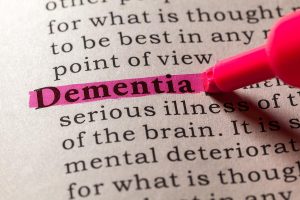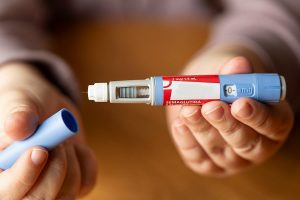
Texting and driving can be deadly. Holding your phone in your hand to talk and surfing the internet while behind the wheel is dangerous, too. This is widely known, but a new survey finds that about half of all respondents still use an electronic device most or every time they drive. “I’d say it’s not as much surprising as it is frustrating,” said Adam Snider, a spokesman for the nonprofit Governors Highway Safety Association (GHSA), which wasn’t involved in the study but issued a news release after it was released. “Distracted driving is something that is incredibly pervasive.” In the survey, conducted by the Insurance Institute for Highway Safety (IIHS), more than 2,000 licensed drivers were asked how much they agreed with dozens of statements designed with the Health Belief Model in mind. That model is described as a behavioral change theory developed to understand why some people don’t adopt a certain health behavior. It’s usually applied to illness or disease prevention, according to the study. “I think the results from this study really help shed some light on the reasons why” people are still using their phones in their cars, said lead author Aimee Cox, a research associate with the IIHS. Cox said that appears to include “the need or the perceived need to respond to family or friends, the need for information, all… read on > read on >





















-300x169.jpg)
















